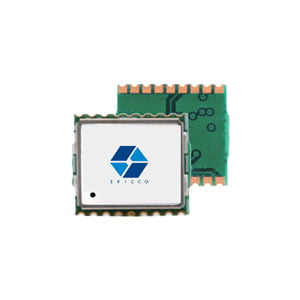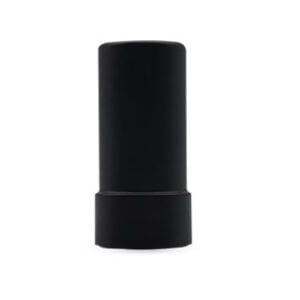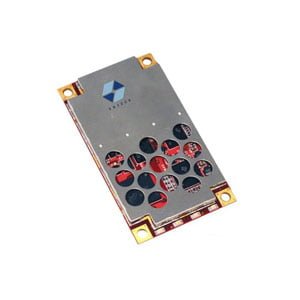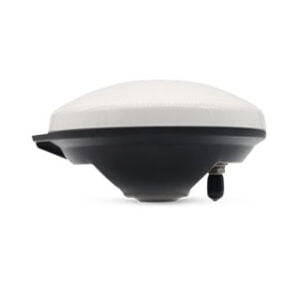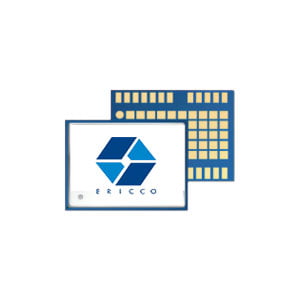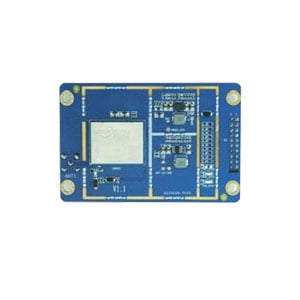Low Power High-performance GNSS Positioning Chip
The ER-GNSS-C01/02 adopts a 28nm process and a smart PMU design that combines ultra-low power consumption and extreme miniaturization to significantly improve the battery life of user devices.
The ER-GNSS-C01/02 is designed for global applications and supports BDS, GPS, GLONALSS, and Galileo for joint positioning of multiple systems. High integration design saves peripherals and on-board area. The ER-GNSS-C01 is a QFN40 package, and the ER-GNSS-C02 is a WLCSP package. Downstream traditional application areas of the BDS, GLONALSS, Galileo, GPS chipset currently mainly include surveying and mapping, deformation monitoring, precision agriculture, etc., while emerging application areas mainly include automotive autonomous driving, drones, outdoor robots, and the Internet of Things (IoT).
Key Features
GPS Chipset
Ultra-low power consumption
Support BDS, GPS, GLONALSS, Galileo IV system, BDS and GLONASS cannot run at the same time
Built-in anti-interference module
High integration, simple peripheral devices, save cost
Extremely compact, compatible with mainstream packages
Specifications
| Performance Index | |||||
| ER-GNSS-C01 | ER-GNSS-C02 | ||||
| Encapsulation | QFN 5×5mm | WLCSP 1.73×2.87mm | |||
| Single point positioning | 2.0m CEP | 2.0m CEP | |||
| D-GNSS | <1m CEP | <1m CEP | |||
| Time to first fix(TTFF) | Cold start<29s | Cold start<29s | |||
| AGNSS<4s | AGNSS<4s | ||||
| Warm start<1s | Warm start<1s | ||||
| Recapture<1s | Recapture<1s | ||||
| Velocity measurement accuracy | 0.1m/s | ||||
| Sensitivity | GGPS | BDS | GLONASS | ||
| Capture | 147dBm | -146dBm | -140dBm | ||
| Tracking | 160dBm | -159dBm | -158dBm | ||
| Warm start | 151dBm | -150dBm | -151dBm | ||
| Recapture | 158dBm | -157dBm | -156dBm | ||
| Other functions | |||||
| UniAssist | GNSS online assistance | ||||
| Anti-interference | Built-in, active interference signal detection and removal | ||||
| LNA | Built-in | ||||
| DC-DC | Built-in, optional | ||||
| GNSS clock input | supports TCXO | ||||
| RTC input | 32.768kHz | ||||
| Firmware upgrade | QFN: Support for built-in ROM or flash version firmware | ||||
| WLCSP: AP UART loads the Firmware | |||||
| Electrical Specifications | |||||
| Power supply | 3.0V~3.6V DC | ||||
| QFN | 1.7V~3.6V(use DC-DC) | ||||
| 1.2V~1.98V(bypass DC-DC) | |||||
| WLCSP | 1.2V~1.98V | ||||
| 1.7V~1.9V | |||||
| Data update rate | 1Hz | ||||
| Data format | NMEA 0183 Unicore | ||||
| Physical indicators | |||||
| Dimension | QFN 5×5×0.85mm | ||||
| WLCSP 1.70×2.84×0.5mm | |||||
| Operating Temperature | -40℃~+85℃ | ||||
| Storage Temperature | -50℃~+125℃ | ||||
| Humidity sensitivity | <SML3 | ||||
Application Techniques
1.Some Questions about GNSS Antenna
2.The Difference and Connection between GPS and GNSS
3.High-precision GNSS receiver design
4.Scientific Farming, With The Help of GNSS
5.The Working Principle of GNSS
More Products
